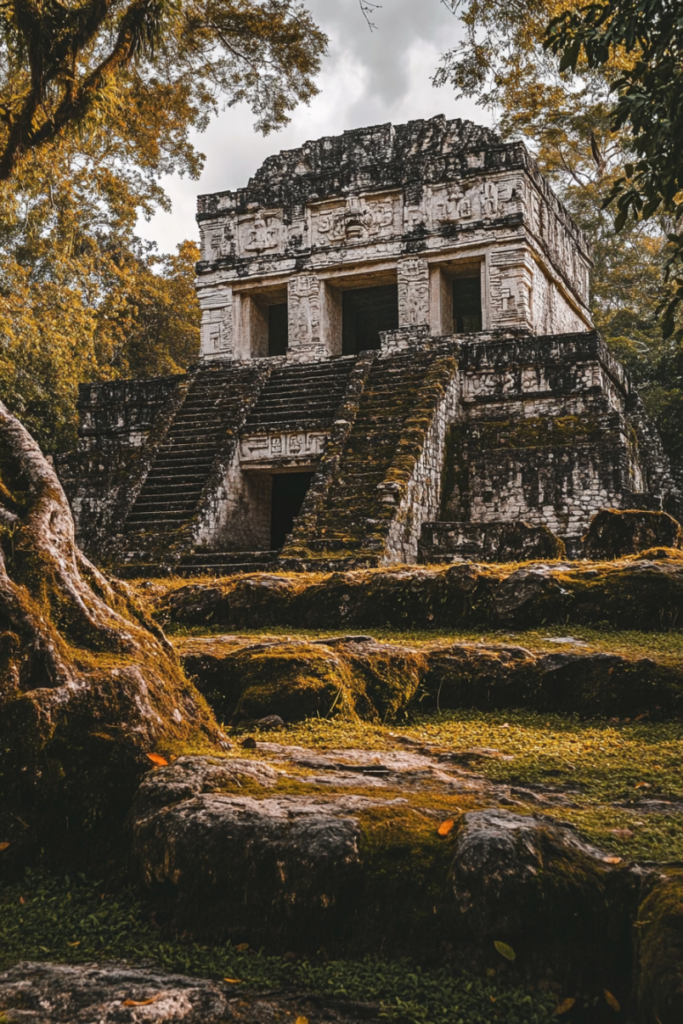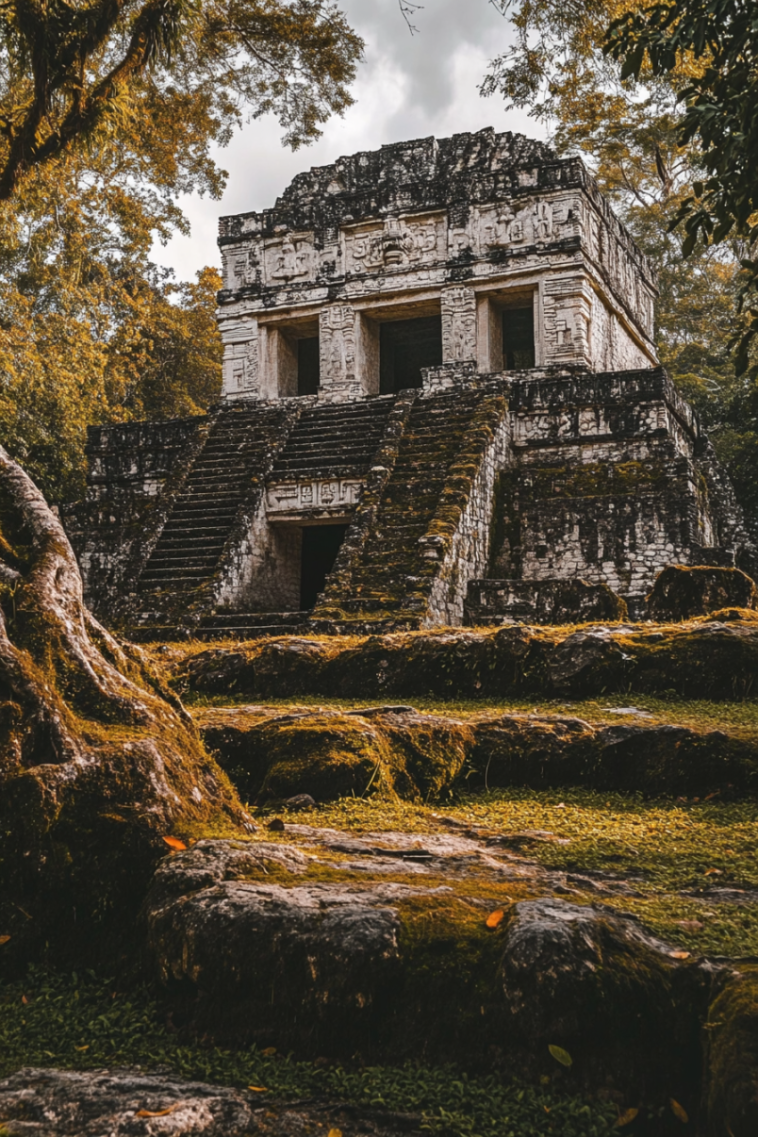
The Mayan civilization is one of the most fascinating and influential ancient cultures of the Americas.
Emerging around 2000 BCE, the Maya thrived in what is now Mexico, Guatemala, Belize, Honduras, and El Salvador.
Known for their advanced knowledge of astronomy, architecture, and mathematics, the Maya left behind an incredible legacy that still influences us today.
This article explores the history, culture, achievements, and the eventual decline of the Mayan civilization.
History of the Mayan Civilization
The Mayan civilization began in the Pre-Classic period (2000 BCE – 250 CE) when small agricultural communities emerged in Central America.
By the Classic period (250-900 CE), the Maya had developed into a sophisticated civilization with sprawling cities, complex social structures, and impressive temples.
This era saw the rise of iconic cities like Tikal, Palenque, and Copán, where rulers built monumental structures to demonstrate their power and connection to the gods.
The Post-Classic period (900-1500 CE) marked the decline of some major cities, but the civilization continued to evolve until the Spanish conquest in the 16th century.

Culture and Society
The Maya were deeply connected to their environment, living in a region rich with diverse ecosystems.
They relied on advanced agricultural practices like terracing and irrigation to sustain their growing population.
Maize (corn) was the staple crop, and the Maya also cultivated beans, squash, and chili peppers.
The society was structured into city-states, each ruled by a king or noble class that claimed divine descent.
Social structure
Mayan society was hierarchical.
At the top were the kings and nobles, who were responsible for religious ceremonies and political decisions.
Below them were the artisans, scribes, and merchants, who played vital roles in maintaining the economy and cultural heritage.
The majority of the population were farmers and laborers, working the fields and building the city’s structures.
This rigid social order was supported by the belief that the elite were chosen by the gods.
Language and writing system
The Maya developed one of the most sophisticated writing systems in the ancient world, known as hieroglyphics.
This complex script combined symbols representing sounds and whole words, enabling the Maya to record historical events, religious texts, and astronomical observations.
The Maya also spoke various dialects of the Mayan language family, many of which are still spoken today by indigenous communities in Central America.
Art and architecture
Mayan art and architecture are rich in symbolism, reflecting their religious beliefs and social hierarchy.
Cities like Chichén Itzá and Tikal are famous for their towering pyramids, palaces, and ceremonial ball courts.
The Maya used limestone and stucco to build these impressive structures, often decorating them with intricate carvings and colorful murals depicting gods, rulers, and mythological events.
Their art extended beyond architecture to pottery, jewelry, and sculptures, all of which highlight the skill and creativity of Mayan artisans.

Religion and Mythology
Religion was central to Mayan life. The Maya believed in a pantheon of gods associated with natural elements like the sun, moon, rain, and maize.
These gods played important roles in their mythology, influencing everyday life, agricultural cycles, and political events.
Pantheon of gods
The Maya had a large group of gods, including Itzamna, the creator god; Chaac, the god of rain; and Kinich Ahau, the sun god.
They also believed in the Hero Twins, Hunahpu and Xbalanque, who were key figures in their creation story, the Popol Vuh.
The Maya saw their gods as powerful but believed they needed to make offerings and sacrifices to keep the world balanced and in harmony.
Ritual practices
To honor their gods, the Maya performed complex rituals that included bloodletting, human sacrifices, and ceremonies led by priests on top of pyramids.
They believed these acts would bring good harvests, victories in battles, and overall success.
Recent findings show that some rituals also included offerings of valuable items and food to the gods, especially in sacred cenotes (natural sinkholes), which were considered important spiritual sites.
Achievements and Innovations
The Maya were not just builders and artists but also accomplished scientists and mathematicians.
Their achievements in various fields demonstrate their advanced understanding of the world around them.
Astronomy and mathematics
Mayan astronomers meticulously observed the movements of the sun, moon, and planets.
They created detailed star charts and developed a calendar system that included the 260-day Tzolk’in and the 365-day Haab’.
The Long Count calendar was used to track longer periods of time, and it famously marked the end of a cycle in 2012.
The Maya also used the concept of zero, which was a significant mathematical innovation at the time and essential for their calendar calculations (Journal of Archaeological Science, 2021).
Engineering feats
Mayan engineering was impressive, especially given the limitations of their technology.
Without metal tools or the wheel, they built vast cities, roads (known as sacbeob), and water management systems like reservoirs and canals.
These engineering marvels allowed them to thrive in regions that were often prone to drought and floods.

Decline and Collapse
The fall of the Maya civilization is still a topic of debate among historians.
By the 9th century, many of their major cities were abandoned, leading to what is called the “Maya Collapse.”
Experts believe this decline was caused by several factors working together, including long periods of drought, ongoing warfare, political unrest, and the overuse of resources.
Recent research, which combines climate data with archaeological findings, suggests that environmental issues like deforestation and water shortages played a significant role in their downfall (Journal of Ancient Mesoamerica, 2022).
These environmental stresses made it harder for the Maya to sustain their large cities.
However, it’s important to note that the Maya didn’t vanish completely.
Some areas, especially in the Yucatán Peninsula, continued to thrive until the Spanish arrived in the 16th century.
Mayan Legacy and Modern Influence
The Maya civilization has left a lasting impact that extends well beyond their ancient history.
Today, millions of people in Central America still identify as Maya, and many continue to speak Mayan languages and follow traditional customs passed down through generations.
The ruins of their ancient cities, like Tikal and Chichén Itzá, draw millions of tourists every year, boosting both the cultural pride and the economy of the region.
The Maya’s knowledge of astronomy and their intricate calendar systems continue to captivate researchers and history enthusiasts worldwide, showing just how advanced their civilization was in these fields.
Their legacy lives on, not only in the people who maintain their traditions but also in the fascination they inspire across the globe.

Final Thoughts
The Mayan civilization was a remarkable society that made significant contributions to science, art, architecture, and culture.
Their sophisticated understanding of astronomy, advanced writing system, and monumental architectural achievements continue to inspire and intrigue.
While their decline remains a mystery, their enduring influence on modern society is undeniable.
Understanding the Maya is not only about looking into the past but also appreciating the vibrant legacy that lives on in the descendants and cultural heritage of the Maya people.



